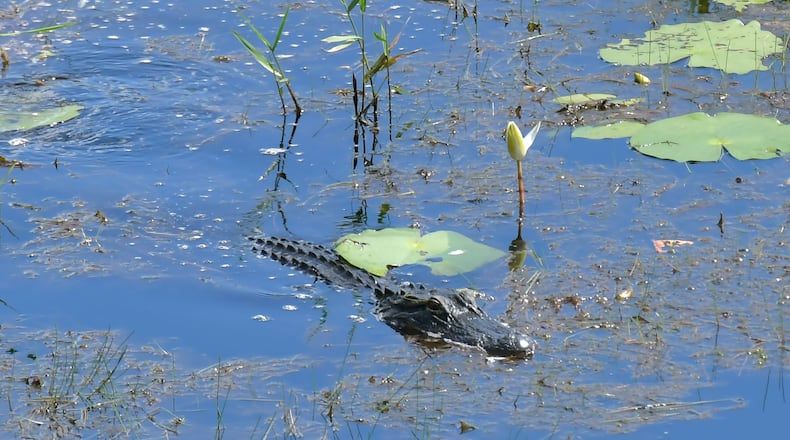Chemours, one of the world’s largest producers of titanium dioxide, says it has no plans “for the foreseeable future” to purchase titanium from a proposed mine along the edge of the Okefenokee National Wildlife Refuge.
The company added it has no intention to buy the project from Twin Pines Minerals, LLC, a Birmingham, Alabama-based company that is seeking permits to begin mining.
The statement is a win for interests opposed to the project, who have sought assurances that Chemours would not do business with the mine, which they say could harm one of the nation’s most vibrant wetland ecosystems.
Chemours was spun off from the technology and materials giant DuPont in 2015. In the late 1990s, DuPont saw its own attempt to mine near the Okefenokee scuttled by conservationists. That history led some to speculate that Chemours could get involved if the mine is approved.
If approved, Twin Pines would extract titanium on 740 acres located less than 3 miles from the southeastern edge of the Okefenokee, in an area that experts say is vital to the swamp’s health. The Okefenokee is one of the world’s largest intact freshwater ecosystems and is a vital habitat for hundreds of species of mammals, birds, plants and reptiles. The refuge also holds an estimated 95 million tons of carbon in peat deposits, keeping huge amounts of heat-trapping carbon dioxide from escaping into the atmosphere.
Scientists warn that mining on Trail Ridge, as Twin Pines plans to, could irreparably damage the fragile ecosystem. Trail Ridge is an ancient sand dune complex that serves as a natural barrier and holds water in the swamp.
Credit: Hyosub Shin / Hyosub.Shin@ajc.com
Credit: Hyosub Shin / Hyosub.Shin@ajc.com
Twin Pines president Steve Ingle said Chemours’ announcement would not affect company plans.
“We have no affiliation with Chemours and have never been approached about selling the mine to them,” he said in an emailed response to questions. “We have many customers to which we have supplied minerals in the past and look forward to doing business with them when the time comes.”
Still, environmental groups praised the announcement.
“Joining the voices of scientists, faith leaders, and over 100,000 public comments in strong opposition to this project, Chemours’ statement provides further evidence that the portions of Trail Ridge overlooking the Okefenokee National Wildlife Refuge are not suitable for a mine,” said Bill Sapp, a senior attorney for the Southern Environmental Law Center.
The statement comes as the mine appears headed toward the final stages of the permitting process.
In early December, the Georgia Environmental Protection Division asked Twin Pines for more information on how it plans to store and treat wastewater, and to lay out contingency plans if a spill were to occur. As of Friday morning, Twin Pines had not yet responded to EPD’s request.
But last week at a Department of Natural Resources board meeting, EPD director Rick Dunn said he expects the company to respond in the coming days. If the agency finds its updated plans adequate, he said a 60-day public comment period on Twin Pines’ mining land use plan would begin soon after.
About the Author
Keep Reading
The Latest
Featured




